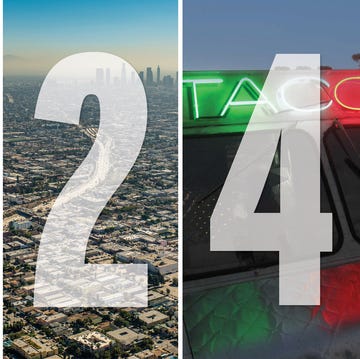One of the most insidious cultural appropriations is that of white sage. “Smudging” with white sage has become a massive industry, complete with the poaching and theft of sage from California Indian or other protected lands by non-Natives for lucrative gain. I’ve even seen “smudging kits” in airport gift shops and mainstream bookstores. Sage is a sacred plant relation, and the knowledge of how to responsibly gather, tie, gift or receive, and use these bundles is not something you learn online or from a magazine article. But the commodification and outright theft of sage is only the tip of the iceberg; these kits and non-Native abuses of sage are part of the larger erasure of California Indian presence, histories, trauma, and ongoing legal battles. I thought a lesson was in order. •
For Barbara Drake, Tongva, and all elders
Smudging 101
The practice of burning sage, or “smudging,” is simple; the few necessary tools are easy to obtain & widely available (see a variety of affordable kits below). Start smudging today!
Salvia apiana is native only to Southern California and Baja California; a perennial woody shrub with flowers of white to pale lavender, it is notoriously difficult to raise from seed. Sustainable wildcrafting on public lands allows for enough white sage to meet the growing demands of the market.
You’ll need a sage bundle, an abalone shell or bowl, matches or a lighter, and a feather for guiding smoke over a person or object (optional). Eagle feathers are best, hawk or turkey next best. Follow federal laws regarding the gathering and use of feathers of wild birds (wink, wink).
Smudging kits are available online at Amazon, Etsy, Walmart, and Urban Outfitters, and from shaman supply stores, even airport shops. White sage is the go-to plant for cleansing your personal energy or home, so be sure to stock up!
Before burning sage, set your intentions for what you want: better energy, less stress, good luck. Think about what you need to make your life better.
Light the end of a sage bundle with a match. Blow the bundle out quickly. Keep a fire extinguisher and first aid kit nearby. Be prepared for the smoke alarm to go off! Take care not to inhale too much of the smoke.
Burning sage has many uses: an aromatic, it masks unpleasant odors, provides fragrance, and repels insects. It releases negative ions, clears mold spores, pollen, pet dander, cigarette smoke, bacteria, viruses, and hazardous airborne particles. Make smudging work for you!
Ceremony
The ceremony begins when our elders walk with us into our homelands, show us where, how, and when to harvest our relatives with good intent and grateful hearts.
We treat wey’wey as a living being with spirit that must be honored and thanked. We gather small amounts on our homelands and raise it from seed in our backyards. But sage pirates raid private and public lands, strip away tons illegally. Medicine is not effective when stolen.
Our ceremonies and sacred objects were outlawed by colonizing governments. In 1978, the American Indian Religious Freedom Act was signed. Today we must still fight to access and protect sacred sites, reclaim stolen ritual objects, repatriate the remains of our relatives.
“We do not sell white sage. If you need it as a medicine…we’re going to give it to you. We discourage selling medicine plants, spiritual plants; we don’t know if the person collected them in a good way, with a good heart.”
Wey’wey, medicine, help us enter into a relationship with power and healing; help us to cleanse and renew ourselves so that our prayers are strong and clear.
No access to running water. Pipelines poisoning our sacred sites. Fifty-six percent of us are sleeping in places not meant for human habitation. Indigenous women missing and/or murdered every day. Breathe deeply.
Smudge our minds so we will have good thoughts. Smudge our eyes so we will see clearly, our ears so we will hear well, our mouths so we will speak truthfully. Smudge our whole being so our actions are honorable, to remember we are not alone; our Ancestors are with us. Smudge so that we may become good Ancestors.
This poem appears in Issue 29 of Alta Journal.
SUBSCRIBE
Deborah A Miranda is the daughter of an Ohlone–Costanoan Esselen Nation man with Santa Ynez Chumash tribal ancestry and an English, French, and Jewish woman from Beverly Hills. In addition to Bad Indians, she is the author of four collections of poetry and a coeditor of Sovereign Erotics: A Collection of Two-Spirit Literature.













